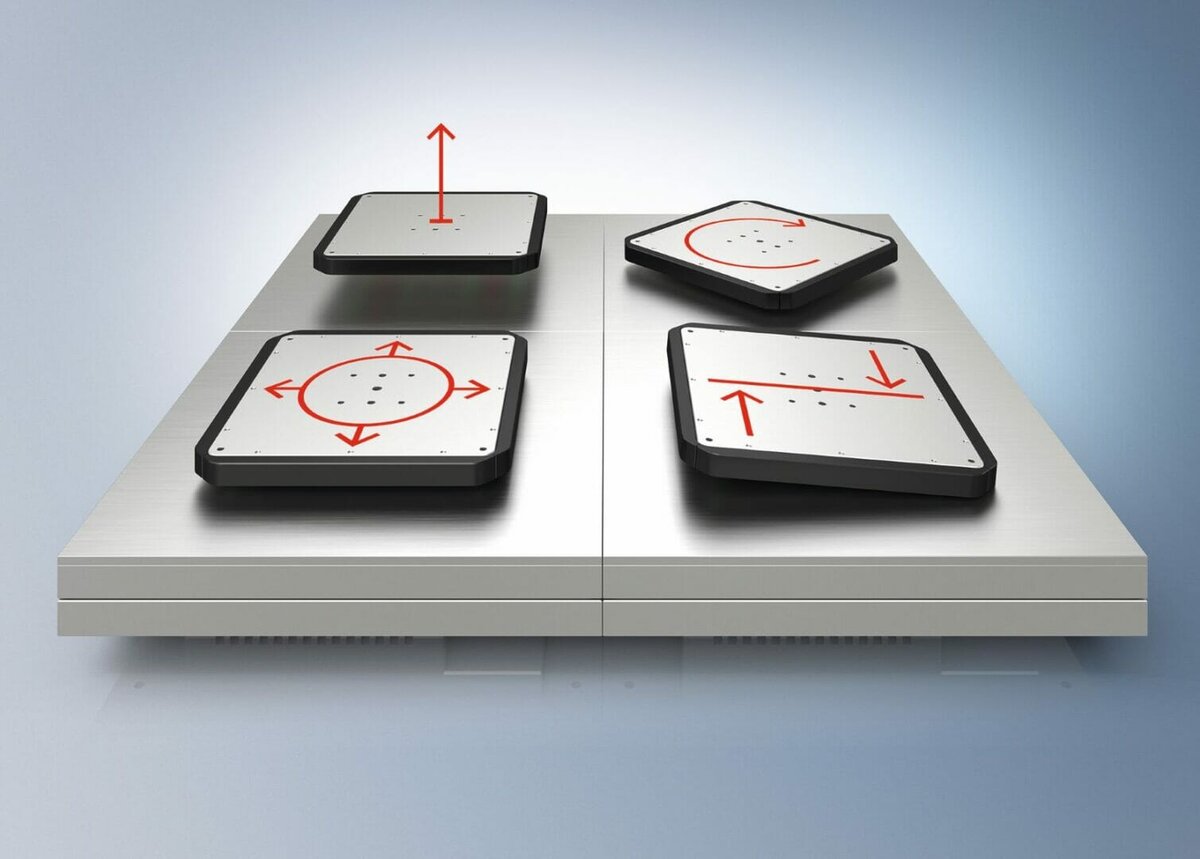~ As demand on warehouses and logistics increases, so does the need for flexible automation systems ~
In recent years, the rise of the term Industry 4.0 has brought automation into new areas of traditional production environments. However, warehousing and intralogistics has not been as upfront in its adoption of new automation technologies to enhance operations. With the pressures placed on intralogistics increasing significantly in 2020, now might be the time for new, digitised ways of working. Here, Stephen Hayes, managing director of logistics automation specialist Beckhoff Automation UK, explores how logistics and warehouse managers can futureproof their operations.
The intralogistics, warehousing and fulfilment sector is one that has faced mounting demand and challenges in the past ten years, as well as a fundamental shift in its role within organisations. Where once intralogistics was simply a necessary process for the distribution of products and any focus on efficiency was primarily to reduce expenditure, now the ability to quickly and effectively manage goods distribution forms part of a company’s value proposition to customers.
Much of the change in the perceived value of intralogistics has been driven by the rise of e-commerce and its effect on the expectations and habits of end users. Traditional seasonal demand peaks have been pushed to greater heights, warehouses and sorting hubs now manage a greater variety of package sizes and customer expectations of prompt deliveries — often for specific windows of time during a day — have increased. This changed behaviour extends beyond e-commerce and has also affected the expectations of customers in general.
The rise of e-commerce has also driven greater competition between companies. According to eMarketer, e-commerce represents a relatively small but fast-growing share of worldwide sales, growing in value from $2.4 trillion in 2017 to $3.5 trillion in 2019. It is also expected to grow at a compound annual growth rate (CAGR) of 18 per cent through to 2023, when it will reach an estimated $6.5 trillion. There is just one caveat to this prediction: it was made prior to the COVID-19 pandemic.
According to data compiled by Digivante, e-commerce unsurprisingly boomed in the first three months of the coronavirus pandemic as lockdown measures were introduced in the UK. Compared to the same period in 2019, retail sessions increased by an average of 21 per cent and average revenue grew by 63 per cent. These increased sales will have added pressure to intralogistics operations, which would already have been exacerbated by reduced staff and a requirement to comply with social distancing measures.
These factors combined have driven a renewed interest in automation and digitalisation in intralogistics and brought the idea of ‘smart warehouses’, where automated and connected technologies are commonplace, back to the fore.
Automation for the future
Certain automated processes have been present in warehouses for many years. However, futureproofing intralogistics involves more than just automating a process. The key is to automate and connect processes and equipment in such a way that they are easily and quickly controllable and adjustable as needed, whether by operators or by complex algorithms in the future.
For example, conveyor systems have been used to automate linear product handling for decades. This technology has evolved to become more efficient and to overcome issues such as product backpressure by using multi-zoned conveying systems, which provide a more efficient means of managing product flow and accumulation through a warehouse or sorting facility. These systems can allow for zero-pressure accumulation (ZPA), avoiding potential damage or defects to products.
Because multi-zoned conveyors typically have multiple electric motors placed throughout the assembly, it is vital that each motor can be controlled to ensure products can be trafficked efficiently. The most effective way to do this is to ensure data can be communicated quickly and motors can be controlled using the same platform as other motion applications.
To address this Beckhoff recently released the EP7402 EtherCAT box, which is a controller for motor-driven roller (MDR) conveyor systems that brings control into the TwinCAT 3 automation software that many engineers are already familiar with. It also means that diagnostic data from the controllers can be transmitted back to TwinCAT Analytics to support remote monitoring and predictive maintenance practices.
Crucially, the EP7402 is compatible with all brushless DC motors, regardless of manufacturer, and is designed to require minimal cabling using One Cable Automation. This makes it ideal to fit across multi-zone conveyor systems, regardless of size, with minimal cabling cost and effort. The reduced cabling can also result in faster reaction to product flow by supporting localised zone control, allowing for ZPA.
Simply by making sure that conveyor control is easily manageable and integrated into the same control platform as other applications, logistics managers can begin future-proofing operations. Fundamentally, conveyor systems are the backbone of logistics environments, so making sure they are robust and effective is beneficial. With this in place, achieving smart warehouses becomes a matter of introducing more sophisticated automated systems.
Pick and place robots, for example, can increase fulfilment efficiency substantially while also offering flexibility and supporting social distancing measures. Alongside this, technologies such as autonomous guided vehicles (AGVs) and intelligent motion systems like Beckhoff’s XPlanar are increasingly appearing in warehouses to handle products non-linearly. Each of these technologies feeds into the ‘smart warehouse’ concept and is suited to the stricter hygiene and workforce guidelines brought in due to COVID-19.
What each of these technologies has in common is the need for fast and reliable communication of data and robust control. Rather than bringing more complexity into intralogistics, it makes sense to bring the communication of these devices and systems into a single platform, alongside the motor controllers underpinning the conveyors. In doing so, we can futureproof intralogistics and smart warehousing operations in an intelligent way.





